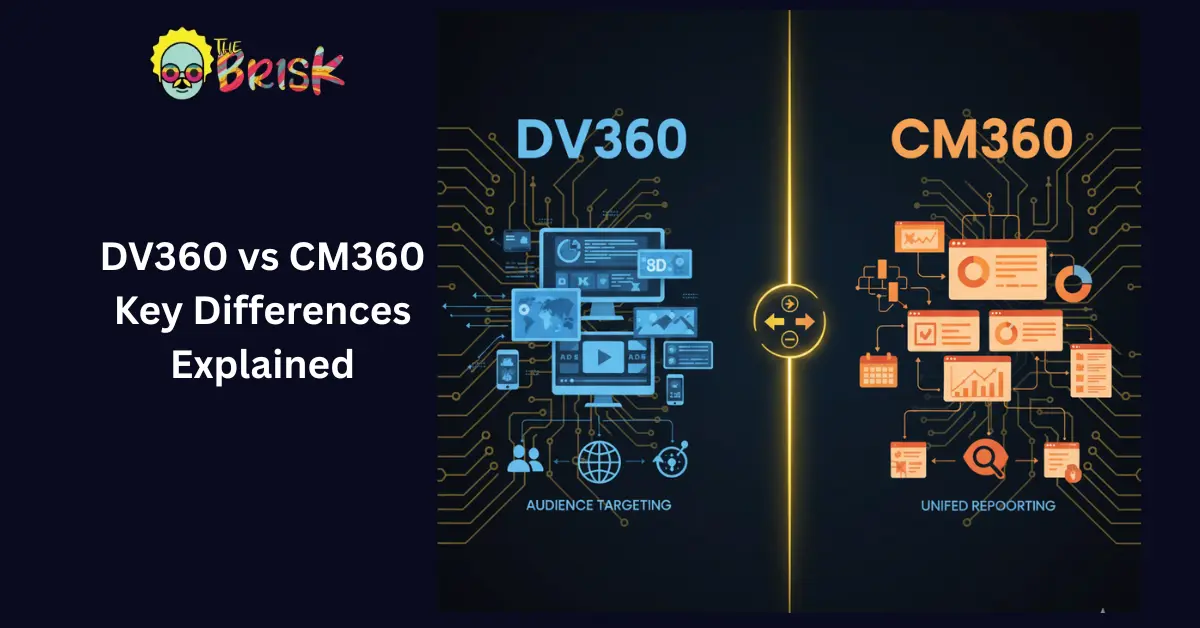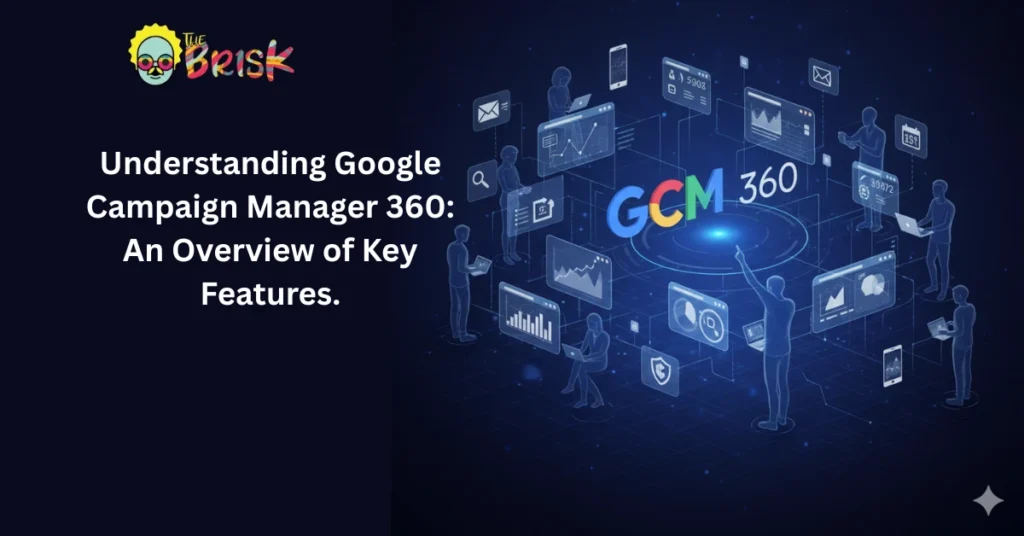Table of Contents
Overview
In today’s digital marketing industry, Campaign Manager 360 (CM360) and its programmatic counterpart, Display and Video 360 (DV360), are a well-known dynamic couple. But have you ever given thought to the relationship between these two tools?
We won’t blame you if you haven’t because, as the technical gurus working behind the scenes on these products at Adswerve, we understand it’s a continually developing relationship.
Understanding this link can assist you in organizing your team’s approach for configuring your advertisers, preparing for post-campaign reporting and analysis, and executing a Floodlight plan that will gather the insights you require.
This post is intended to assist you in navigating the sections of these goods that appear to evade people who use them the most.
It will highlight the advantages of tying DV360 to CM360 early in your advertiser’s lifespan, cost reporting across the two products, cultivating a 1:1 relationship between CM360 placements and DV360 creatives, and, finally, how Floodlight tags and Audience lists take shape across both tools.
Differences
Grasping the differences between the various Google Marketing Platforms has become increasingly difficult as a result of Google’s periodic rebranding. After acquiring DoubleClick as a corporation, Google progressively rebranded all of its products, gradually bringing them closer to Google’s naming syntax.
If you are unaware, the following is the history of each product, along with its previous names:
- DoubleClick for Advertisers (DFA) > DoubleClick Campaign Manager (DCM) > Campaign Manager 360(CM360)
- DoubleClick Bid Manager (DBM) > Display and Video 360 (DV360)
- DoubleClick for Publishers (DFP) > Google Ad Manager
I’ve noticed a lot of folks who are perplexed by the DV360 and CM360 and don’t fully understand how these platforms work separately and together. One of the reasons for this is that the only method to register an account on these platforms is to contact Google’s sales team or any of the resellers.
DV360 is a demand-side platform that automates programmatic ad buying.
- It’s a platform similar to Google Ads and Facebook Ads in that you can create a campaign (Display, Native, App Install, YouTube, and so on), upload creatives, add targeting, and buy media. Yes, it is a tool for media buying. It is a more powerful version of Google Ads (except that Search Ads are not available). If you want to learn more, check out my video on the Differences Between Google Ads and DV360.
CM360, on the other hand, is an ad server. It is mostly a marketing platform used to host creatives and report on campaigns.
- Consider it a Web Server on which to host your creatives. When you launch a campaign on DV360, you may immediately upload the creatives, just like you would on Facebook, Google Ads, or any other Ad Platform. However, you can also save the creatives on CM360, produce tags, and use those tags as creatives in CM360.
Pros
Hosted Creatives In Cm360 Are Automatically Shared With DV360
The first advantage is that when the two products are linked, they have a 1:1 relationship, resulting in a more improved and efficient workflow. Placements in CM360, for example, are instantly moved over to DV360 as creatives, eliminating the need to obtain a tag sheet and upload it to DV360 as your DSP. That procedure is handled for you.
Utilize Cm360 Floodlight Activities And Audiences
Some CM360 advertisers’ Floodlight campaigns may already be properly planned and executed. By connecting DV360 to CM360, any extra labor generated by building a stand-alone advertisement in DV360 will be reduced.
Floodlight actions in your CM360 advertiser will be automatically shared with the DV360 advertiser to whom it is related, as well as any relevant viewers.
View Dv360 Attribution Data In Cm360
We believe that first-party data will become increasingly important in telling a comprehensive attribution narrative for how users interact with a business.
By trading your creatives in CM360 and connecting the two products, you will obtain insight into the DV360 initiatives that are contributing to conversion success as well as learn how your DV360 campaigns are influencing your other channels and campaigns.
Cons
Compatible creatives hosted by Display & Video 360, compatible creatives housed by a third-party ad server and provided via Display & Video 360, and compatible creatives hosted by Campaign Manager 360 are all supported by Active View. Get more information about Campaign Manager 360 Active View support.
Active View will be supported if you host creatives with both third-party ad servers and Campaign Manager 360 (if you’re a “hybrid” advertiser).
- If your creative was set up to use a Campaign Manager 360-based tracking ad placement, it will be compatible with Active View.
- If your creative was set up to track clicks and conversions with Display & Video 360, it will enable Active View.
- The creative will not support Active View if it is not a “tracking ad” placement (for example, if it uses IMG tags to track conversions).
Not Measurable Or Not Eligible
There may be inconsistencies with Display & Video 360 if viewability is measured by another provider or third party. In the following scenarios, Active View cannot be measured in Display & Video 360:
- Viewability may not be quantifiable for ad tags served via cross-domain iframes.
- When a backup picture for an ad appears or a default ad serves, the impression is not quantifiable.
There are also instances where Active View is ineligible for measurement:
- If a problem with the browser or internet connection occurs before the tag has completed providing Active View data.
- Or if a user closes the browser before Active View data can be gathered.
Takeaway
Campaign Manager 360 provides advertisers with a powerful, intelligent Ad-serving platform within the GMP with everything you need to maximize ad spend and performance.
It also includes integrated, cross-channel & device reporting with enhanced, data-driven audience activation. Moreover, the integration of numerous data signals to enable the Data-driven Creative and Ad Verification feature is also involved.
Please contact The Brisk immediately for consultation or support with your ad-serving and reporting, or to obtain a CM360 license.





No Comments